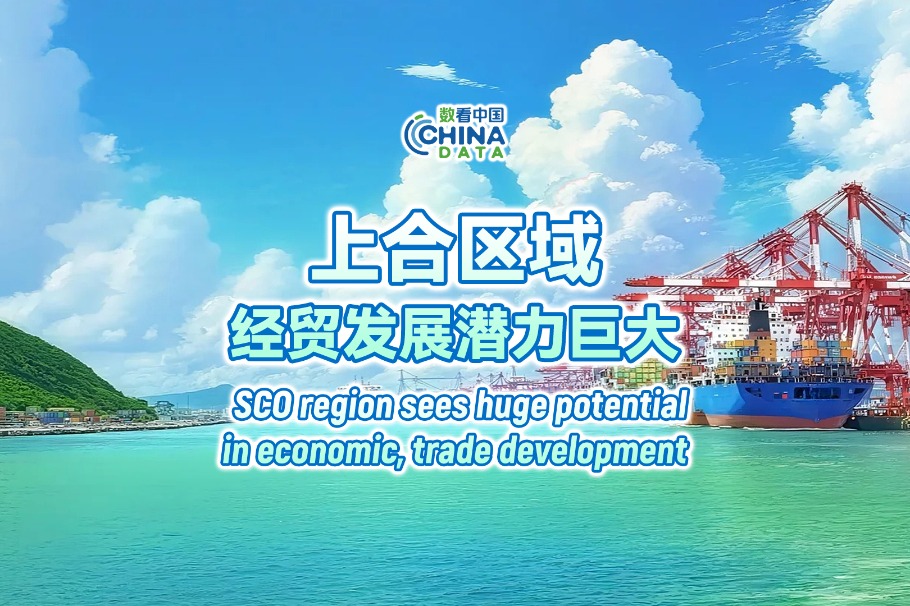China CITIC Bank welcomes policy push against 'involution-style' competition

China's inclusion of a call for comprehensive measures to curb "involution-style" competition in its government work report for the first time signals a shift towards supply-side reform, market regulation, and a return to rational pricing — moves that will support higher-quality and more sustainable growth in banking services, according to China CITIC Bank.
At the Beijing-based joint-stock commercial lender's interim results briefing on Thursday, President Lu Wei said China CITIC Bank will build on this favorable policy environment in the second half of the year by focusing on five key areas of finance: technology, green, inclusive, pension and digital.
In the first six months of 2025, the bank focused on these fields to better serve the real economy, align with national strategies and optimize its business structure for economic transformation.
As of the end of June, its loans to technology firms totaled 660.6 billion yuan ($92.44 billion), up 8 percent from the end of last year. Green lending surpassed 700 billion yuan, rising 17 percent, while inclusive loans grew 5 percent to 630.6 billion yuan.
Bank loans for rural revitalization reached 495.2 billion yuan, up 11 percent. Pension finance also expanded, with assets under custody exceeding 530 billion yuan. Loans to core digital economy sectors topped 270 billion yuan, bolstering the industry's development.
Hu Gang, vice-president of the bank, said that "anti-involution" measures will propel relevant industries toward a path of high-quality development, bringing significant changes and far-reaching impacts to the industry ecosystem.
He cautioned, however, that emerging industries, despite strong long-term demand, also face overcapacity challenges. In some areas, supply is growing faster than demand — such as photovoltaics and new energy vehicles — fueling redundant investment and disorderly competition. In others, structural mismatches persist, with excess in low-end production but shortages in high-end segments.
Hu noted that China CITIC Bank has reviewed its loan portfolio and found limited exposure to sectors affected by overcapacity, with most clients being leading or high-quality enterprises, keeping as set risks under control.
Looking ahead, he said the bank will tailor its approach based on industry research and national policy guidance. For emerging industries with short-term oversupply but robust long-term prospects, the bank will closely track policy shifts, monitor techno-logical upgrades and identify firms with strong competitive advantages — expanding support for market leaders and potential integrators while reducing exposure to weaker mid- and lower-tier players.
In industries with structural mismatches, China CITIC Bank intends to increase financing for high-end manufacturing, particularly companies with independent R&D and domestic substitution capabilities. The bank will also focus on supporting green, smart and advanced upgrades, back mergers and acquisitions among leading firms, and exit clients with inefficient capacity.
As of the end of June, China CITIC Bank's nonperforming loan ratio stood at 1.16 percent, unchanged from the end of last year and the first quarter. Net profit attributable to shareholders of the parent company reached 36.48 billion yuan in the first half, up 2.78 percent year-on-year.




































